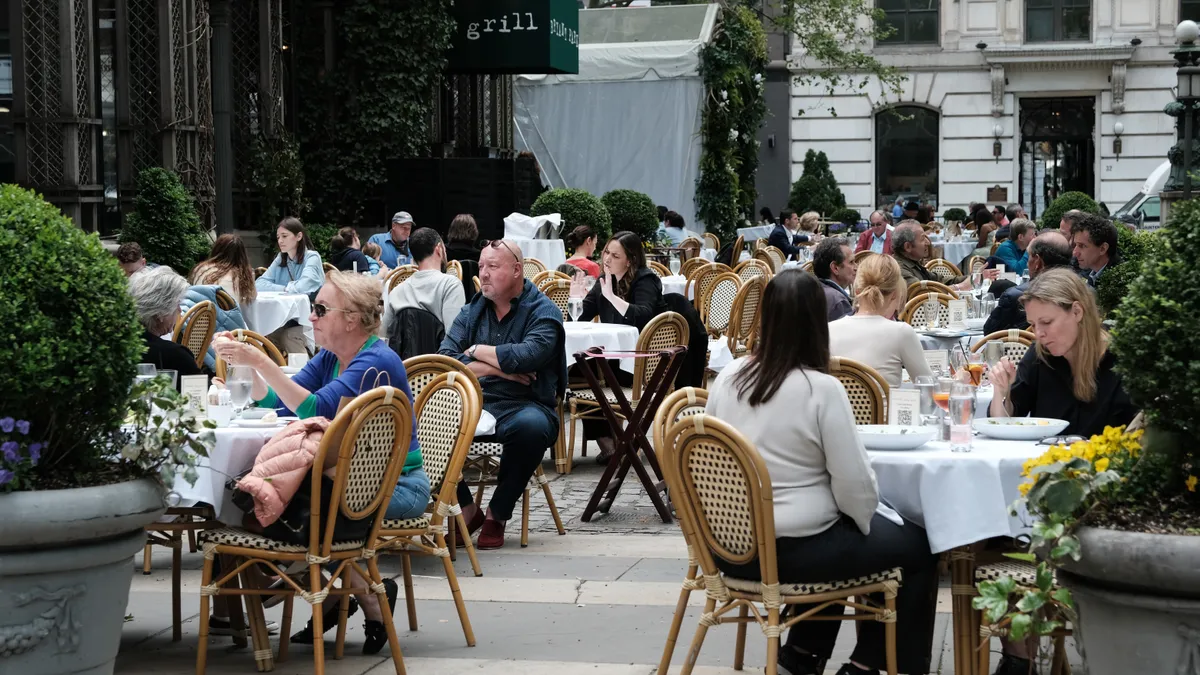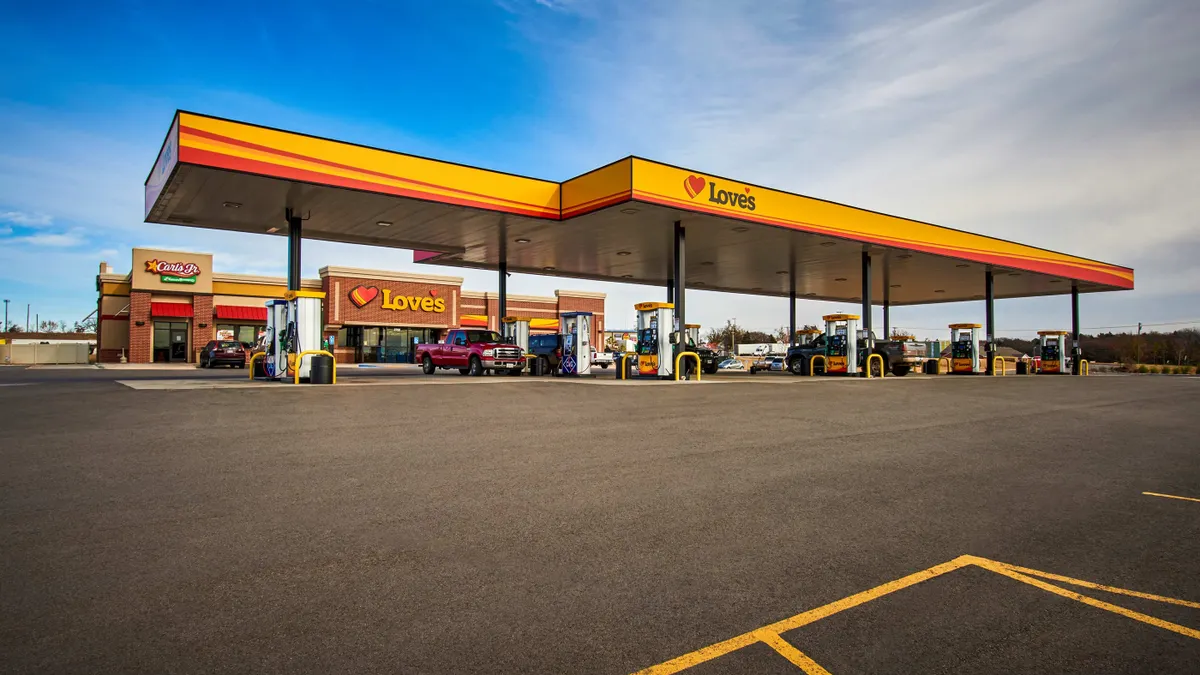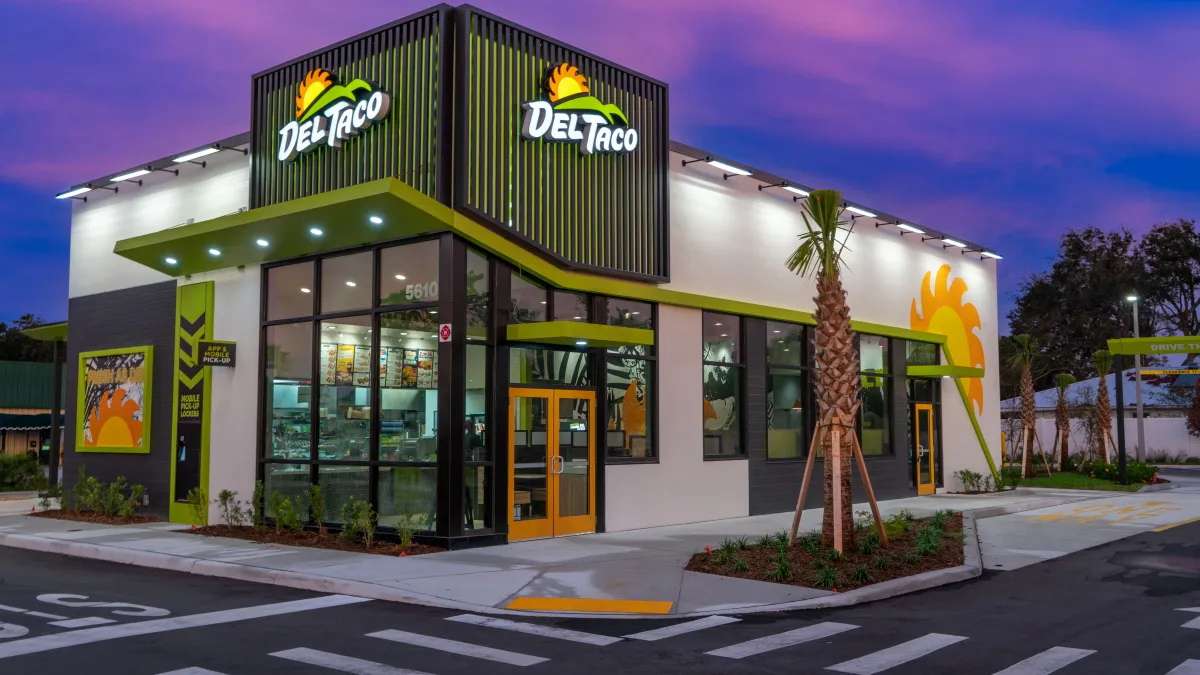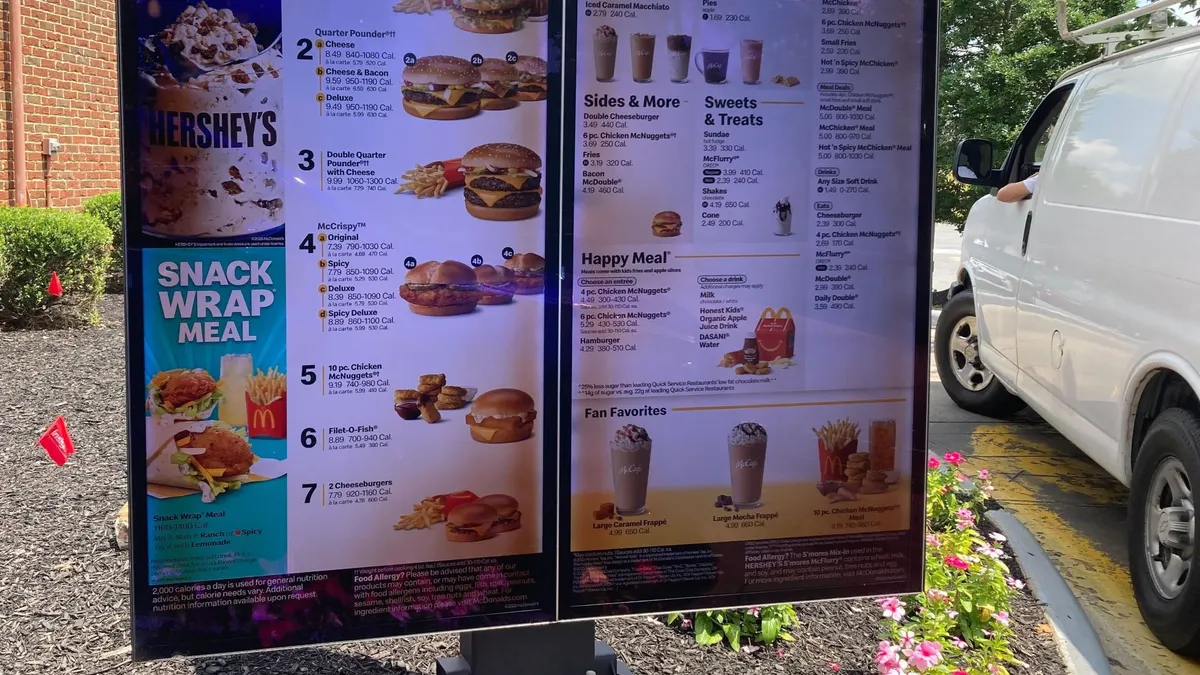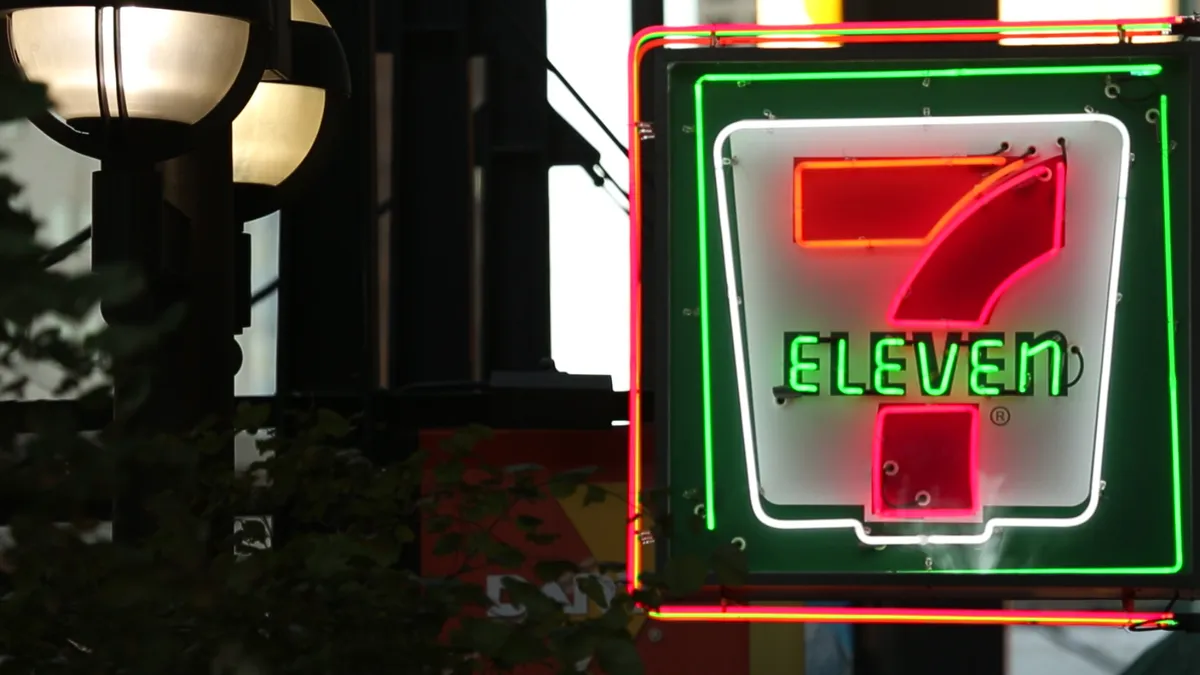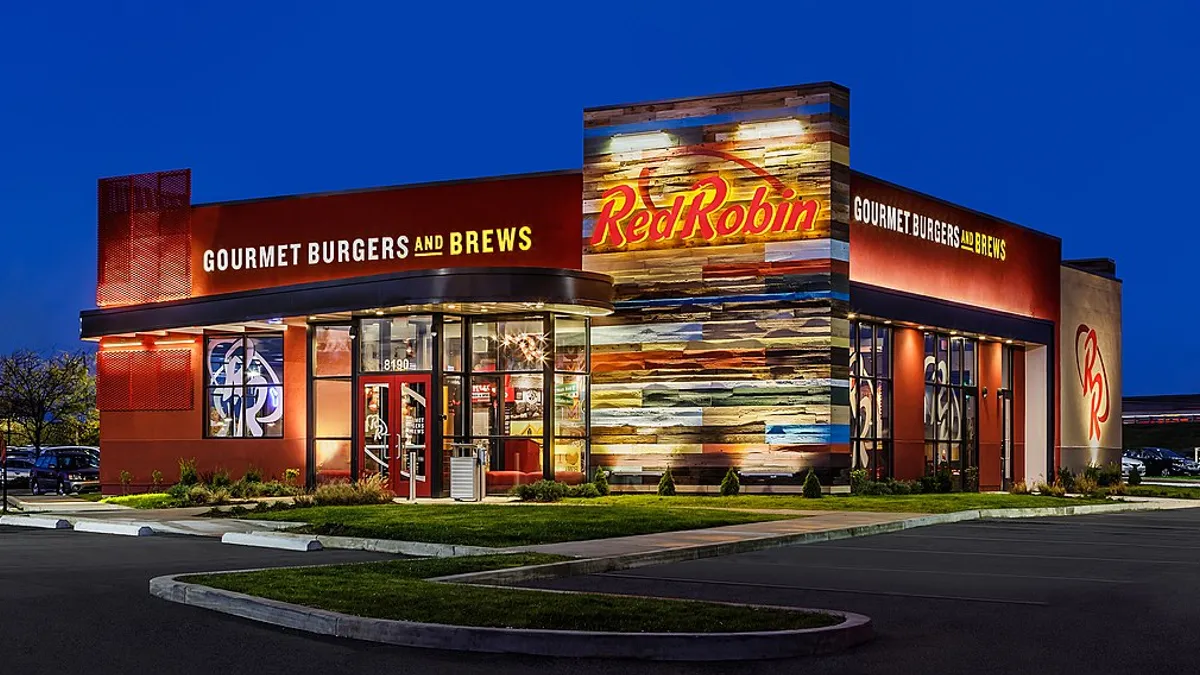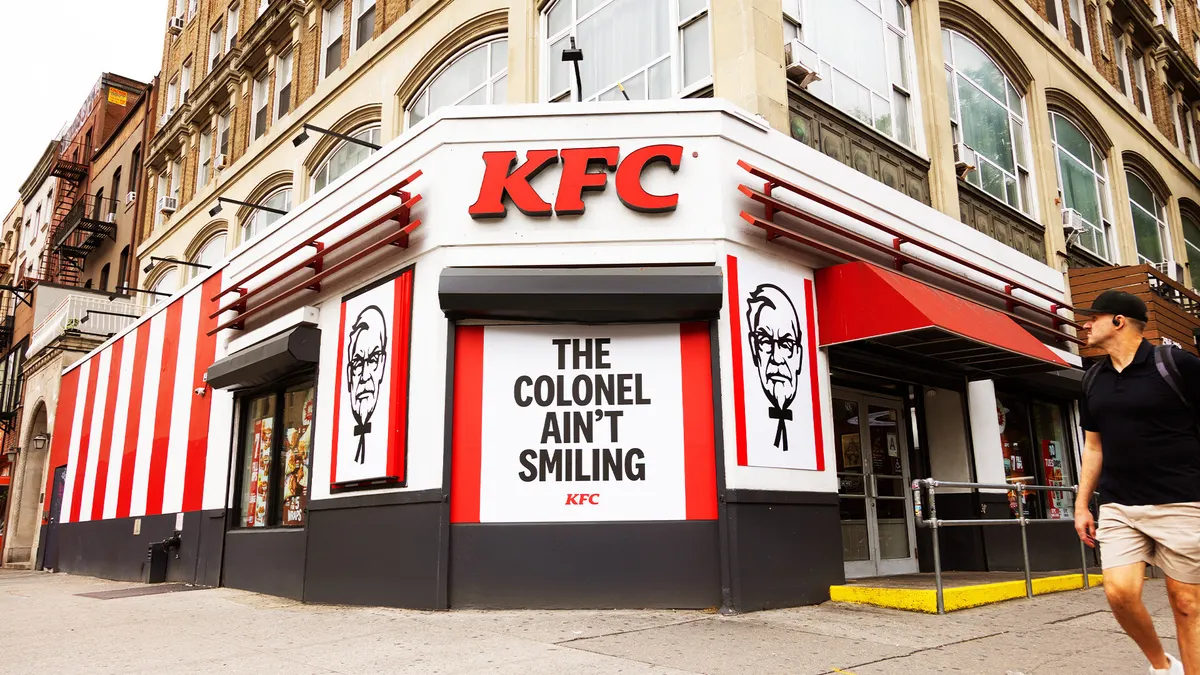The following is a guest post by Austen Asadorian, senior vice president of sales at SevenRooms
At the height of the pandemic, outdoor dining was an innovative solution to many restaurant woes. It was common to see diners braving freezing temperatures to get a bite to eat and, for some restaurants, it was the only option they could offer for in-person dining due to city regulations and restrictions.
Throughout the COVID-19 crisis, outdoor dining setups offered more than just the opportunity for fresh air and people watching — they provided an economic lifeline for struggling eateries, and a way for diners to enjoy a meal at their beloved restaurants.
As the threat of the virus wanes, however, so too is the enthusiasm for dining al fresco. Municipalities like Santa Monica, California, are now requiring restaurants using parking spaces for outdoor dining to pay for permitting and inspection, and to scale down their outdoor space to just two parking spaces. In New York City, a group of residents sued to block the Big Apple’s Open Restaurants program this summer, claiming “streeteries” have hurt the quality of life in their neighborhoods.
U.S. restaurants today need as many tools at their disposal as possible as they continue to fight precipitous increases for almost every operating cost, from ingredient prices to server wages. It’s imperative to defend restaurants’ ability to offer outdoor dining, as it’s one of thee best ways to bring in additional revenue and give diners more flexibility.
Restaurants already operated on thin profit margins pre-pandemic. As of August, 85% say they are even less profitable than in 2019. Preserving a guaranteed ability to seat more guests can help restaurants offset rising input costs. Extra space also allows restaurants to handle more customers at once. With diners now clamoring for reservations, the ability to cater to more people with the same physical resources will increase profitability.
A streetside dining setup is also great for extending the reach of a restaurant. It brings the food and ambiance closer to potential customers walking by, which can inspire more spur-of-the-moment walk-ins. According to September 2022 data, 49% of all completed covers at U.S. restaurants were walk-ins, making street-side dining important advertising for those looking for their next meal. It’s no surprise that 91% of New York City restaurants said permanent outdoor dining is very important to the future of their business, according to a February NYC Hospitality Alliance survey.
Outdoor dining spaces have also become unique attractions in their own right. Marea, an Italian restaurant in New York City, built its own floral canopy commissioned by floral studio Floratorium and design firm Nusla. Cote Korean Steakhouse created five outdoor cabanas, complete with tableside grills, in partnership with with GRT Architects. Meanwhile, Washington, D.C.’s Le Diplomate recreated a streetside French cafe, paying homage to its cuisine and regional inspiration. With close to a quarter (24%) of Americans listing outdoor dining as one of their most important factors when going out to a restaurant, many diners now expect a streetside dining option.
Outdoor dining spaces also benefit the neighborhoods in which they are erected, encouraging cities to re-prioritize public space for human use. In some cases, restaurants have even integrated outdoor dining spaces into pedestrian-only blocks, creating a more pleasant environment within the area they serve. Streetside cafe setup fees, plus the boost in sales taxes garnered through additional food sales, are also incentives to keep these programs.
On the flip side, outspoken critics are hammering cities with complaints, citing increased rodent problems, noise pollution, and smell complaints as reasons to abolish streetside dining. Since outdoor dining has become such a boon for local businesses, however, the question should not be whether we keep outdoor dining, but how we make it enjoyable for all.
We can reduce noise pollution by stipulating streeteries be built without speakers or capping the time of night at which restaurants can play music. Cities can create a standard kit of materials for restaurants, with everything needed to make these structures clean and safe. And restaurants can design outdoor spaces with residents in mind, offering a “locals” discount for neighbors to make the outdoor space feel more like their own.
To any municipality still on the fence — what we cannot do is eliminate streetside dining in favor of a few residents’ desires to interact with businesses only on their terms.
Restaurants are looking ahead to an uncertain future, but we have the power to envision outdoor dining as a certain fixture of our communities — creating welcoming spaces that enhance the character of their neighborhoods and empower restaurants with added revenue to delight diners in new ways for years to come.


